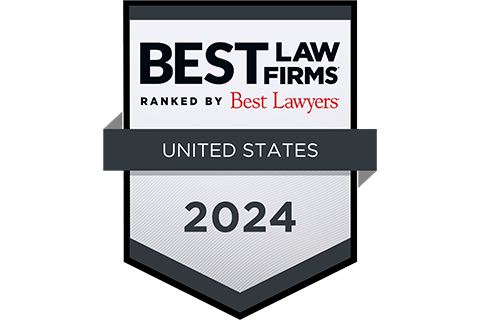Paycheck Protection Program Eligibility for Private Equity and Venture Capital-Backed Entities
Congress’ recently enacted Coronavirus Aid, Relief and Economic Security Act (CARES Act) created a new small business lending program to provide a direct incentive for small businesses to keep their workers on their payroll during the economic upheaval wrought by COVID-19. The Paycheck Protection Program (PPP) was enacted as an amendment to the Small Business Investment Act, and it initially made available $349 billion in small business loans that are potentially forgivable if used primarily for payroll costs. The program saw massive interest in its first week of availability, and Congress is currently working on amending the CARES Act to increase the PPP by an additional $251 billion.
Affiliation Rules May Increase Your Employee Count for Purposes of Determining PPP Eligibility
In addition to “small business concerns” (which are not the subject of this note), most businesses that have 500 or fewer employees are eligible for PPP loans. However, because the PPP is a part of the Small Business Investment Act, it is generally subject to the Small Business Administration’s (SBA) rules for affiliation for small business loans. This means that private equity or venture capital-backed business may need to aggregate the employee count for multiple businesses within a fund’s portfolio when determining whether that business meets the 500 employee threshold for eligibility. For smaller or newer funds, this may not create an issue, but for many funds the threshold may be quickly exceeded even though a specific company has fewer than 500 employees.
In determining whether affiliation exists, the SBA will consider the totality of the circumstances, and may find affiliation even though no single factor alone would establish affiliation. Generally, portfolio companies are considered affiliates of each other when a third party (e.g., a sponsor fund) has the power to control both. It does not matter whether that control is actually exercised, and that control may be affirmative or negative, such as through common protective provisions in the portfolio company’s charter or shareholders’ agreement.
If a fund owns or has the power to control 50% or more of a portfolio company’s voting stock, then the fund will be deemed to control the portfolio company. Additionally, the affiliation rules generally treat stock options, convertible securities (e.g., warrants) and agreements to merge to have a present effect on the power to control a portfolio company. Even though a fund may have a minority stake in a portfolio company or an equal stake to another investor, it may still be deemed to control the portfolio company by way of common protective provisions and control rights in the portfolio company’s charter, by-laws or shareholders’ agreement.
Affiliation may also be based on common management, so where a fund’s partners or employees control the board of directors or management of multiple portfolio companies, those companies may be deemed affiliated.
Additionally, the affiliation rules provide that two companies may be deemed affiliated with one another if they share a common economic interest such as common investments or economic dependence. For funds that have development agreements with third parties, this may create affiliation with the developer even though there is no common ownership or management between the two companies.
Analyze Fund Control and Consider Waivers of Control Rights
The overall effect of these ownership rules means that portfolio companies will need to work closely with their sponsor fund and understand both the capital structure and fund control rights of each portfolio company in the fund in order to determine the full scope of affiliation in order to participate in the PPP. While control through stock ownership creates a relatively clear test, there are finer distinctions to be drawn with respect to common protective provisions and negative control for sponsor funds that hold minority positions in portfolio companies. When determining whether an investor controls a portfolio company through negative controls, the SBA has generally made a distinction between negative consent rights over extraordinary actions (e.g., sales of the company, issuances of new stock, entry into bankruptcy) and those actions that are essential to the operation of the business (e.g., control over hiring, approval of the budget, payment of dividends, the incurrence of debt). To the extent a minority shareholder only has negative control over extraordinary actions, the SBA is less likely to find affiliation, whereas they are more likely to find affiliation where such a shareholder has negative control over common business actions.
Where affiliation may exist because of control rights, the SBA has indicated that if the controlling party irrevocably waives or relinquishes such control prior to a portfolio company applying for a PPP loan, then the portfolio company may be eligible to participate in the program. This solution may prove impractical or undesirable for funds in the long run with respect to certain of their portfolio companies, and sponsor funds will need to carefully evaluate whether the benefits of participation in the PPP for the portfolio company warrant relinquishing such controls indefinitely.

